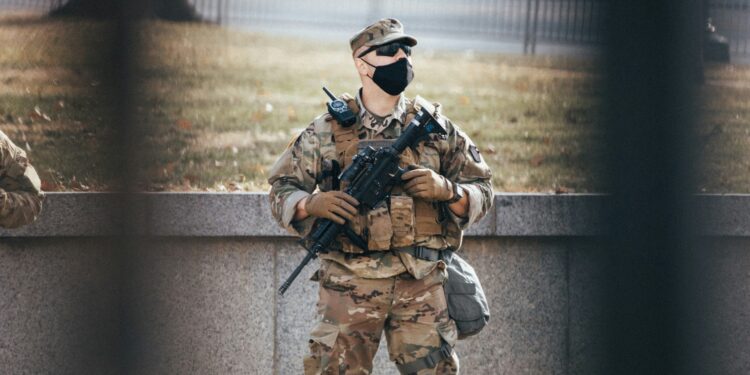In an immediate response to the shooting of two National Guard soldiers near the White House, the Trump administration has slammed the door on Afghan immigration, suspending all visa processing in a move that affects tens of thousands of applicants.
The policy shift, announced by US Citizenship and Immigration Services, halts all applications pending a sweeping review of “security and vetting protocols.” The decision comes just hours after an Afghan national, identified as 29-year-old Rahmanullah Lakamal, was named as the sole suspect in the brazen ambush that left two soldiers in critical condition.
President Donald Trump, labeling the shooting an “act of terror,” vowed from Mar-a-Lago that his administration would ensure the attacker “pays the steepest possible price” and announced a full re-examination of every Afghan admitted to the U.S. after the 2021 withdrawal. “We must now re-examine every single alien who has entered our country from Afghanistan under Biden,” the president stated, directly linking the attack to his predecessor’s immigration policies.

The suspect had been granted asylum earlier this year after entering the country through Operation Allies Welcome—a program Trump has now effectively frozen as his administration launches a top-to-bottom investigation into the vetting failures that led to this “ambush” on American soil.
Why It Matters
The Trump administration is using a national security crisis to execute a sweeping immigration overhaul it has long desired, effectively holding an entire refugee population accountable for the actions of one man.
While the White House frames this as a necessary security review, the timing and scope reveal a deeper agenda: the systematic dismantling of the previous administration’s refugee programs. By freezing all applications, the administration isn’t just vetting—it’s punishing, sending a clear message that the American door is closed.
The real tragedy is that this move abandons the very Afghans who risked everything to help American forces, trapping them in bureaucratic limbo because of a failure in the very system designed to protect them. This is a collective punishment that will do little to address the actual security vulnerabilities the attack exposed.

















